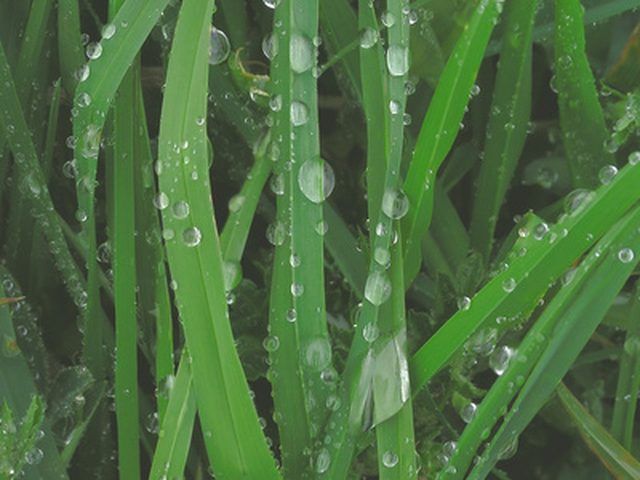Bulbs
Flower Basics
Flower Beds & Specialty Gardens
Flower Garden
Garden Furniture
Garden Gnomes
Garden Seeds
Garden Sheds
Garden Statues
Garden Tools & Supplies
Gardening Basics
Green & Organic
Groundcovers & Vines
Growing Annuals
Growing Basil
Growing Beans
Growing Berries
Growing Blueberries
Growing Cactus
Growing Corn
Growing Cotton
Growing Edibles
Growing Flowers
Growing Garlic
Growing Grapes
Growing Grass
Growing Herbs
Growing Jasmine
Growing Mint
Growing Mushrooms
Orchids
Growing Peanuts
Growing Perennials
Growing Plants
Growing Rosemary
Growing Roses
Growing Strawberries
Growing Sunflowers
Growing Thyme
Growing Tomatoes
Growing Tulips
Growing Vegetables
Herb Basics
Herb Garden
Indoor Growing
Landscaping Basics
Landscaping Patios
Landscaping Plants
Landscaping Shrubs
Landscaping Trees
Landscaping Walks & Pathways
Lawn Basics
Lawn Maintenance
Lawn Mowers
Lawn Ornaments
Lawn Planting
Lawn Tools
Outdoor Growing
Overall Landscape Planning
Pests, Weeds & Problems
Plant Basics
Rock Garden
Rose Garden
Shrubs
Soil
Specialty Gardens
Trees
Vegetable Garden
Yard Maintenance
What Is K-31 Fescue?
What Is K-31 Fescue?. K-31 fescue is a tall fescue grass, used mostly as a lawn and turf grass with good shade tolerance. Known formally as Kentucky 31 Tall fescue (Festuca arundinacea), K-31 is well suited to planting in the transition zone, that area of the middle United States from Pennsylvania to California where summer heat and humidity limit...

K-31 fescue is a tall fescue grass, used mostly as a lawn and turf grass with good shade tolerance. Known formally as Kentucky 31 Tall fescue (Festuca arundinacea), K-31 is well suited to planting in the transition zone, that area of the middle United States from Pennsylvania to California where summer heat and humidity limit cool season grasses and winters are too cold for warm grasses.
History
According to a Texas Cooperative Extension service article on tall fescue, there are more than 100 species of this European native grass. K-31 fescue is one of the two oldest varieties of fescue tall grasses currently used in the United States. K-31 was found on a Kentucky farm in 1931, where it had been growing for more than half a century. Starting in the 1970s, additional specialized fescue varieties have been introduced, causing K-31 to lose some ground as a dominant fescue variety.
Significance
The Midwestern States Fescue Association touts K-31 fescue as low maintenance, durable and "the grass you just grow and mow." While fescue is adaptable to a lot of different climates and soils, Aggie Horticulture states it does best on drained clay. It can remain green throughout the year with irrigation and has good shade tolerance.
Features
K-31 fescue is a good turf grass because its deep root system takes more heat than other tall fescue varieties. When used for a lawn, it bears wear and traffic fairly well, although bermudagrass is a better choice for turf and sports fields. Establishing a lawn with K-31 is usually done by broadcasting seed, making a K-31 lawn very economical compared to laying sod squares or planting plugs.
Size
When left unmowed, K-31 can grow 3 to 4 feet high. Recommended mowing height is between 2 and 3 inches, with 1.5 inches the minimum height in the summer.
Planting
Seeds are best sown in the fall. Planting can also be done in the spring, but early high temperatures could cause a loss of young plants. K-31 fescue does best in a location with four to eight hours of daily sun. Rototill the planting area 3 to 4 inches deep, then firm the ground with a roller. Broadcast seed at 6 to 8 pounds per 1,000 square feet. Seeds should be raked in or covered with a light layer of soil or mulch. The seedbed should be kept moist for the first 14 to 21 days, then reduced. One month after planting, spread a complete fertilizer at the rate of 1 pound of nitrogen per 1,000 square feet. Cut the first growth to 2 inches after the grass has reached a height of 3 inches.
Warning
K-31's use as a pasture grass is no longer recommended. As explained by the seed company Seedland, a naturally occuring fungus in K-31 helps protect the grass from diseases and insects. Unfortunately, this same fungus has been linked to health problems with horses and cattle.